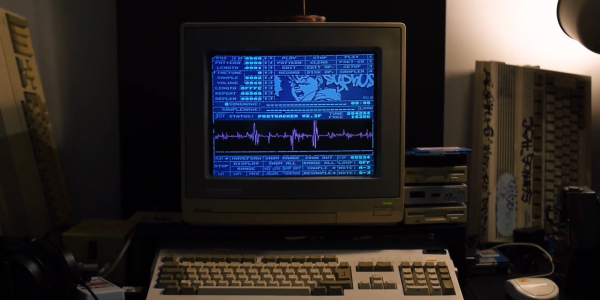In the beginning was the MOS6502, an 8-bit microprocessor that found its way into many famous machines. Some of you will know that a CMOS 6502 was created by the Western Design Center, and in turn, WDC produced the 65C816, a 16-bit version that was used in the Apple IIgs as well as the Super Nintendo. It was news to us that they had a 32-bit version in their sights, but after producing a datasheet, they never brought it to market. Last October, [Mike Kohn] produced a Verilog version of this W65C832 processor, so it can be experienced via an FPGA.
The description dives into the differences between the 32, 16, and 8-bit variants of the 6502, and we can see some of the same hurdles that must have faced designers of other chips in that era as they moved their architectures with the times while maintaining backwards compatibility. From our (admittedly basic) understanding it appears to retain that 6502 simplicity in the way that Intel architectures did not, so it’s tempting to imagine what future might have happened had this chip made it to market. We’re guessing that you would still be reading through an Intel or ARM, but perhaps we might have seen a different path taken by 1990s game consoles.
If you’d like to dive deeper into 6502 history, the chip recently turned 50.
Thanks [Liam Proven] for the tip.

















